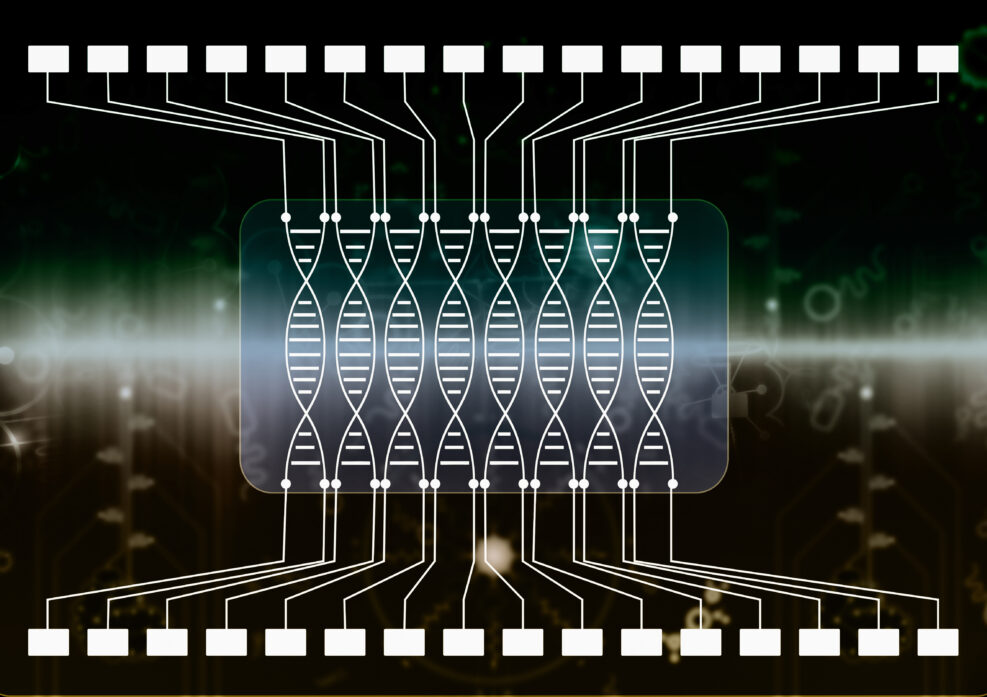
Researchers Make a Trillion Aluminum Atoms Behave as Single Wave
Such demonstrations show that quantum computers, which could solve much bigger problems much faster, are viableJust recently, researchers managed to “entangle” two very tiny aluminum drums as if they were merely quantum particles — a first that helps pave the way for quantum computing. But it’s an unsettling first because the world above the level of the electron (macroscopic world) is supposed to behave according to Newton’s classical physics rules, not weird quantum rules under which two entangled particles sync no matter how far apart they are (non-locality). Like conductors of a spooky symphony, researchers have ‘entangled’ two small mechanical drums and precisely measured their linked quantum properties. Entangled pairs like this might someday perform computations and transmit data in large-scale quantum networks. National Institute of Standards and Technology (NIST), “Quantum drum duet measured” at Read More ›


















